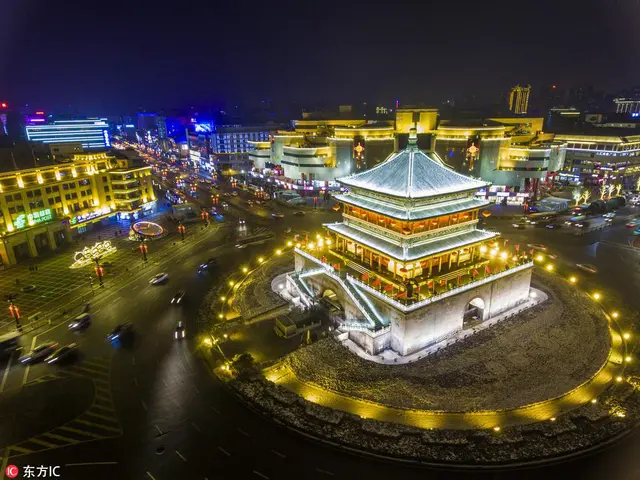Urbanization, President Xi Jinping declared on Tuesday, must not mean the homogenization of urban and rural areas and people.
Development should be steered according to local requirements, Xi said,all too aware that China risks being accused of concreting over the countryside and turning it into second-rate cities.
China's current urbanization plan first saw light of day in March 2014 with the goal that by 2020 permanent urban residents would comprise about 60 percent of the population. Key to this process is not levelling villages and raising skyscrapers in their stead, but making urban life attractive to rural people, who then move voluntarily to the expanding cities as jobs and homes become available for them.
The plan focuses on helping 100 million migrant workers and other permanent urban residents to obtain urban hukou, (a kind of residence permit) which would make basic urban public services like health and education available to all.
Imbalance between urban and rural development has been a problem in China for a very long time. Since 1978, urbanization of land (building) has outpaced urbanization of population (migration). Countless farmers lost the land they had relied on for generations, migrated to established cities seeking jobs--mainly as unskilled or semi-skilled labor--but found themselves and their families unable to enjoy most of the rewards of urban life. At the end of 2013, almost one in five Chinese was a migrant worker.
For whatever reason, many local governments have simply tried to impose city ideas on rural areas by, for example, tearing down traditional houses and throwing up tall buildings in their stead.
"New-type urbanization" focuses on making migrants into genuine urban citizens, not just building more, bigger cities and forcing people to live there, according to Zhang Zhanbin of the Chinese Academy of Governance, a government think tank.
Urbanization, he says, does not mean the extinction of rural civilization. Even when 70 percent of China's people are living in cities, there will still be almost half a billion people in the countryside.
Chen Fei of Chinese Academy of Social Sciences believes policy makers have a duty to figure out the different functions of urban and rural areas in detail, and put people's need to live and work first in their development plans. The countryside must survive the urbanization drive, and this can only be done by narrowing the gap between urban and rural standards so that people can live modern, civilized lives beyond the reach of the urban sprawl.
Equal access to public services will ensure that China's cities and villages each preserve their own characteristic, and live together, happily ever after. Enditem
 简体中文
简体中文



